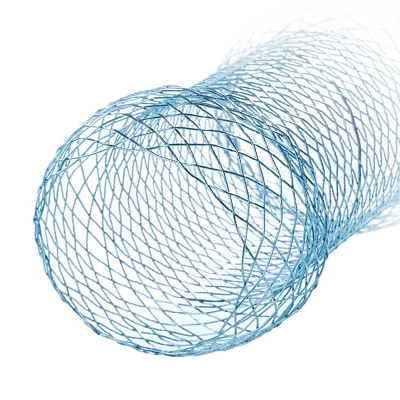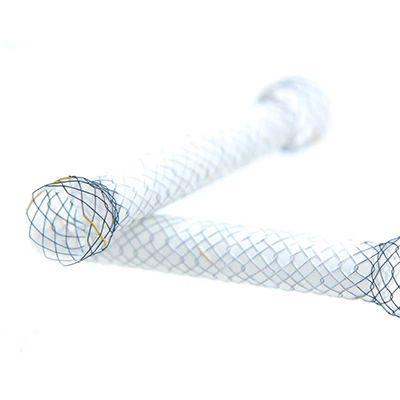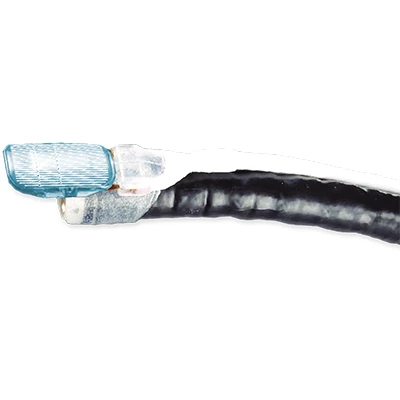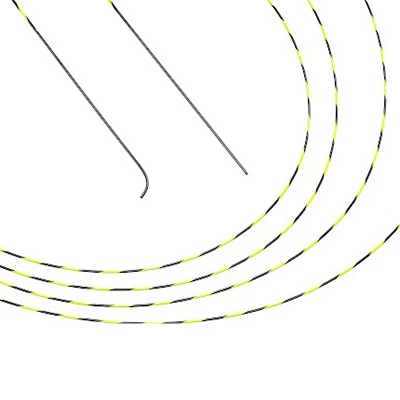Stena
Stent Biliary System
The StenaⓇ Stent System consists of a flexible delivery system presented with a self-opening ball metal stent attached. The stent is made of tantalum radiopaque material in the form of a cylindrical mesh.
Characteristics
- Self-expandable and high radial strength
- Radio-opaque markers for better visibility
- Extraction strings for removal and repositioning
- Superior positioning ability
- Stents can be retracted and repositioned against mispositioning
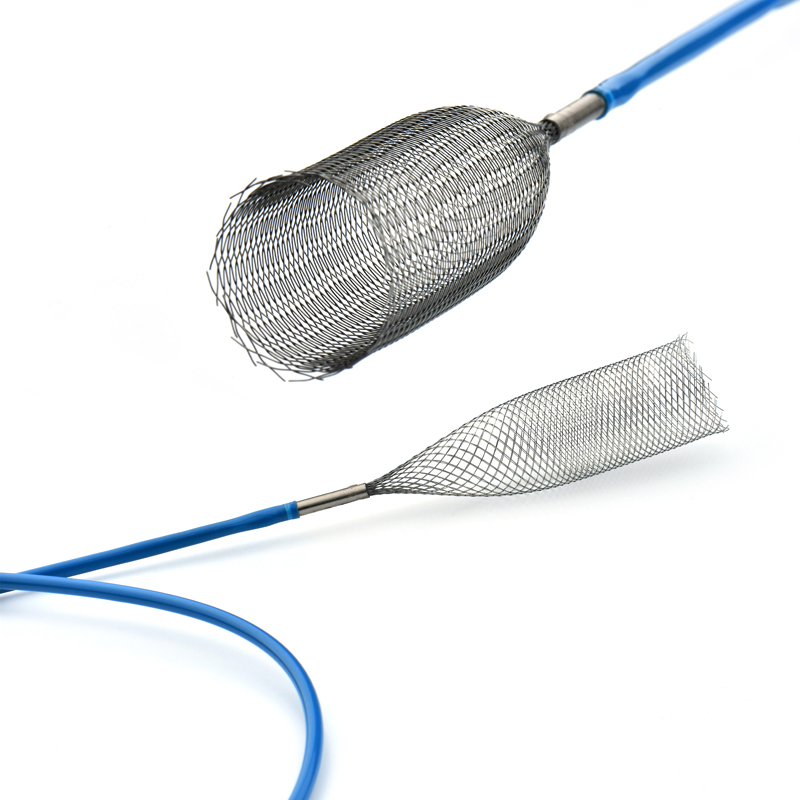
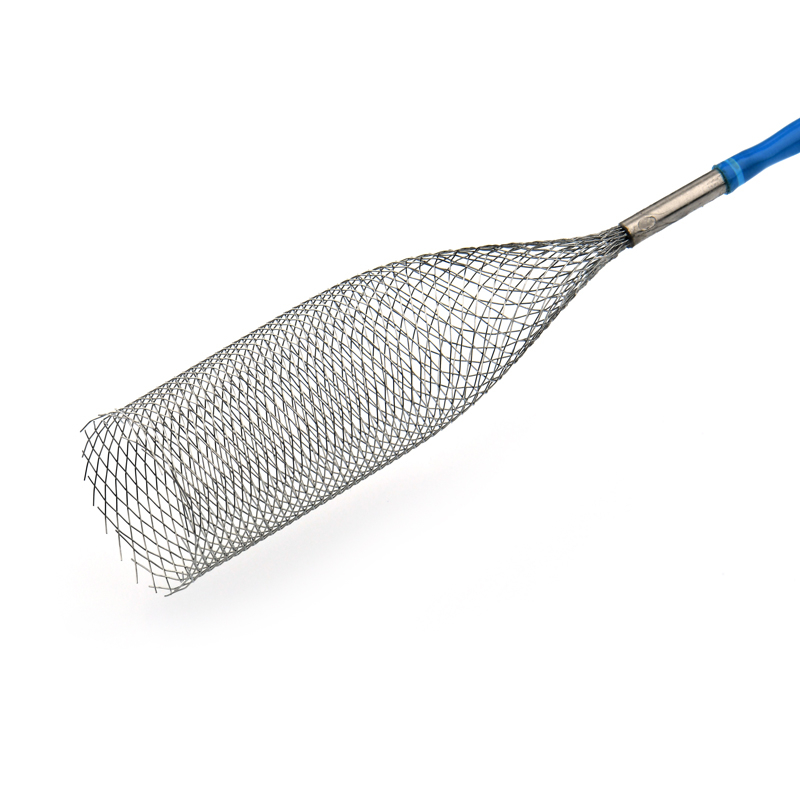
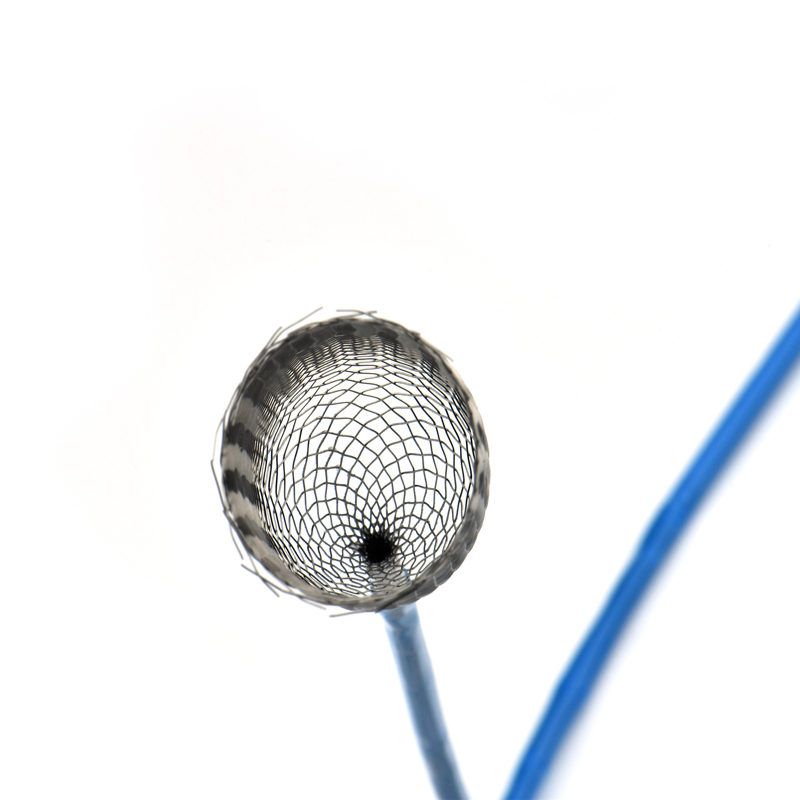



Detailed specifications
The stent is designed with a double-expanded structure to prevent displacement after the stent is placed in the bile duct.
It is indicated for the palliative treatment of biliary strictures produced by malignant neoplasms and for the relief of malignant biliary obstruction before surgery.
Unlike stents made from conventional stainless steel or cobalt-chromium alloys with limited elastic deformation, the nitinol alloy, the intermetallic compound of nickel and titanium, exhibits superelasticity and is therefore advantageous for stenting in curved sections of an internal pathway.
The shape memory effect of the nitinol alloy can be useful for compacting a stent in a small diameter delivery system. Therefore, nitinol is increasingly used in non-vascular self-expandable stents.
As the delivery system reaches the stenosis and the outer sheath of the delivery system is retracted, the stent expands as body temperature induces the conversion of nitinol to the austenite state.
Efforts have been made to suppress the expansion of hyperplasia by covering the stent with a polymeric film or membrane. The stent lining material has favorable mechanical properties, such as flexibility to accommodate the expansion required for a stent placed in a tortuous portion of a vessel or pathway, and toughness to withstand compression rigors to make the stent profile small.
- Self-expandable and high radial strength
- Radio-opaque markers for better visibility
- Extraction strings for removal and repositioning
- Superior positioning ability
- Stents can be retracted and repositioned against mispositioning
